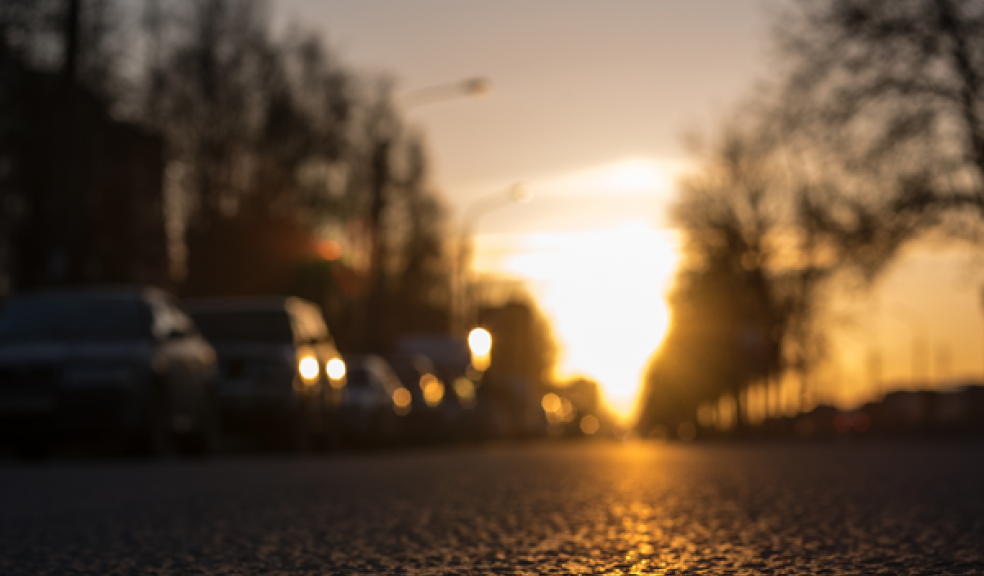
Drivers urged to slow down to avoid twilight dazzle
The AA is urging drivers to slow down particularly at sunrise and sunset as AA research reveals that drivers and other road users blinded by the glare of the sun have contributed on average to 28 road deaths a year since 2010.
Dazzle remains a stubborn factor in the injury of a further 3,900 road users each year.
This is despite the number of people killed on UK roads falling 7.4% since 2010 (1,850 killed in 2010 versus 1,713 last year) and the total number of road user casualties down from 208,648 to 183,670 (12%) in the same period.
Regionally, an astonishing 2.2 people are killed or injured per reported sun dazzle accident in the North West. Across the UK, the average is 1.4 road users, although Yorkshire and Humberside hurts or kills 1.6 per accident in which the sun’s glare was a factor.
The AA is highlighting the danger, and the fact that the accident rate seems not to be diminishing, because sunrise and sunset are now moving into the rush-hour until the clocks go back on Sunday 26 October.
Pedestrians walking with their backs to vehicles are almost twice as likely to be killed or seriously injured in road accidents
“Many slower and more vulnerable road users - joggers, dog walkers, pedestrians, cyclists and horse riders - will be trying to take advantage of the last of the light evenings before the clocks go back. All road users need to be fully aware of the potential twilight dangers,” says Edmund King, the AA’s president.
“Joggers, dog walkers, workers returning home on foot and other pedestrians walking with their backs to vehicles are almost twice as likely to be killed or seriously injured in road accidents.
King adds: “Research conducted for the AA, from official 2004 pedestrian casualty statistics, shows that 10.8% of the 5,566 pedestrians killed or seriously injured when in the road were walking or running with their backs to the traffic. This compares with 5.9% of the casualties who were facing oncoming cars.
“European research also shows that the rate of head-on crashes involving lorries nearly quadruples in twilight conditions. Although up to 10% of accidents in which trucks leave the road, roll over, hit each other head on or up the back happen in twilight conditions, up to 40% of head-on accidents with cars happen when the sun is low in the sky. They also tend to happen on rural roads.“
As well as the benefit of facing oncoming traffic by walking on the right-hand side, pedestrians may also get another advanced warning of a dangerous situation. If they cast a long shadow in front of them, then the sun is directly behind them and possibly dazzling drivers.
Three rules for driving at sunset:
Keep your windscreen clean inside and out - wiping the inside with a cloth dampened in warm water and a little washing up liquid once a fortnight will cut the risk of a screen being blanked out by sun glare.
Slow down immediately - it is tempting to carry on at your current speed hoping that you'll turn out of direct sunlight or that something obscures the glare, but by the time that happens, it may be too late. Use the sun visors rather than rely too much on sunglasses and slow down if you're blinded by sun glare.
Anticipate the effects of glare on you and other drivers - the sun may appear suddenly from behind trees, buildings and other obstacles if you're heading west on major routes or going up hills.













